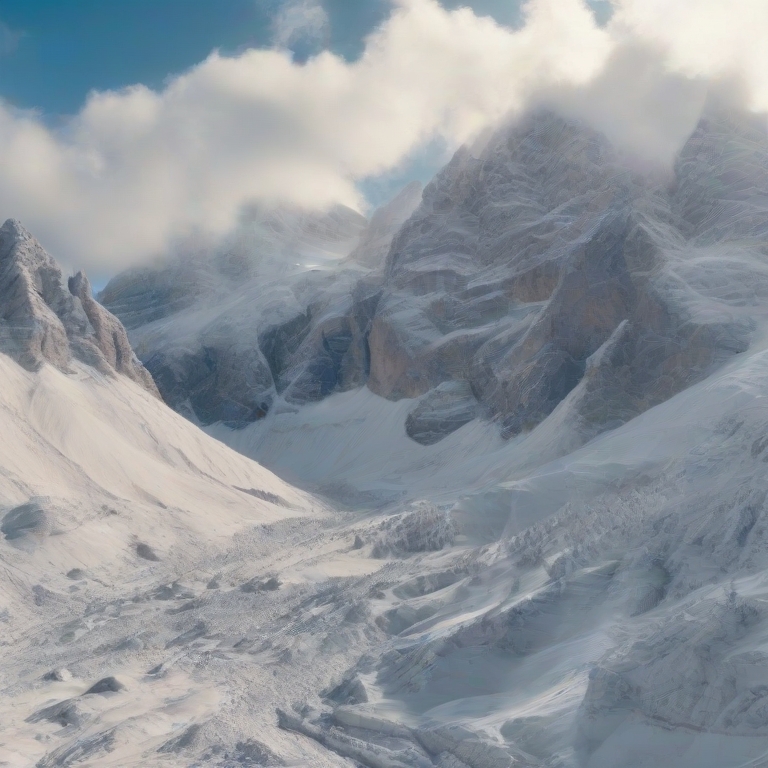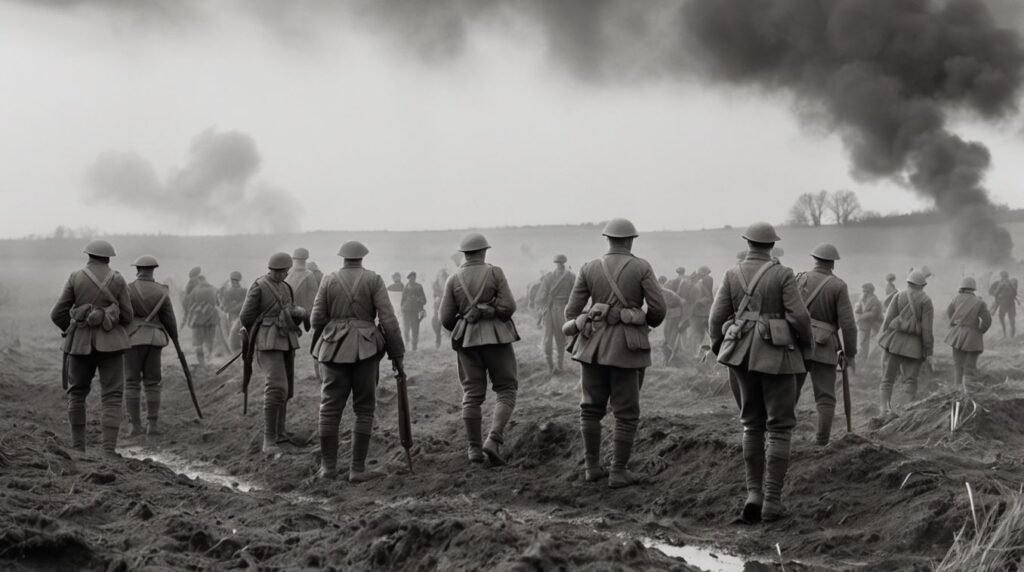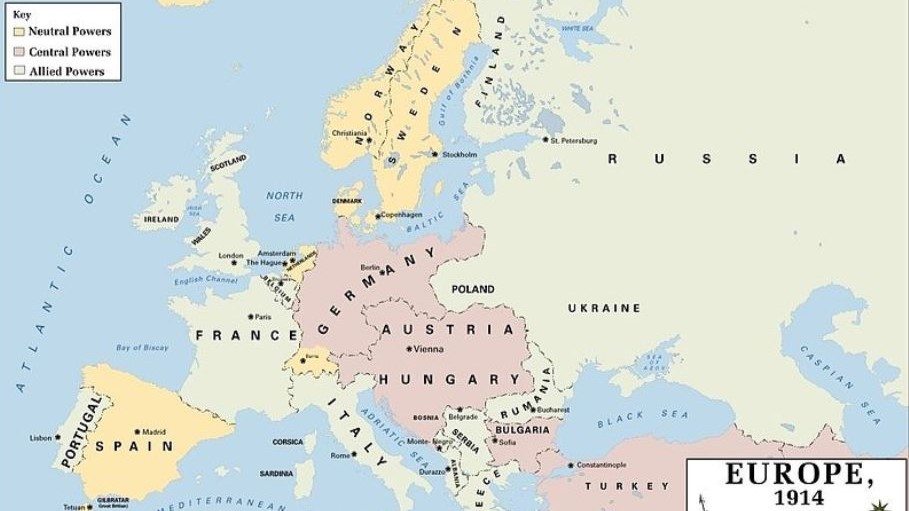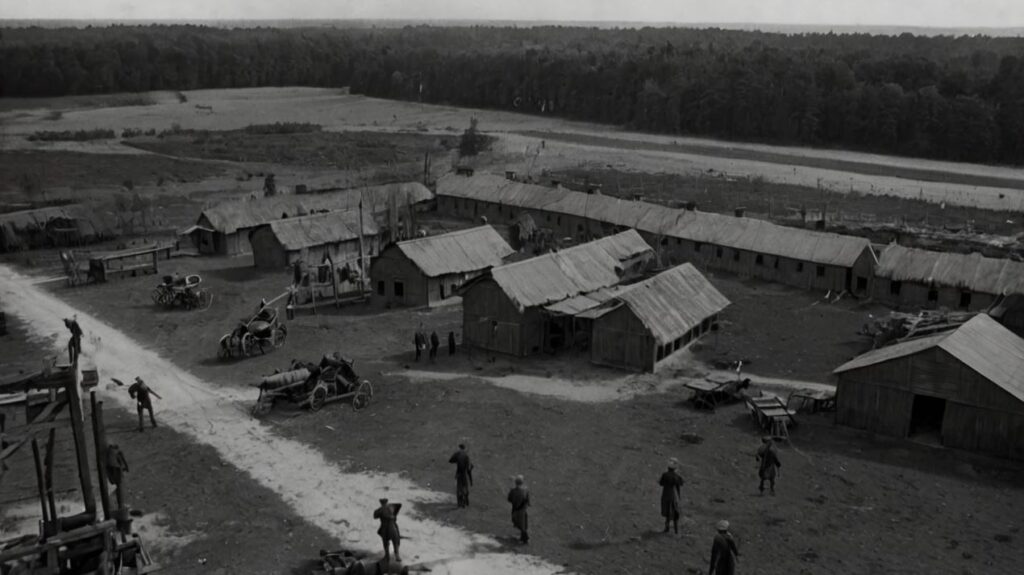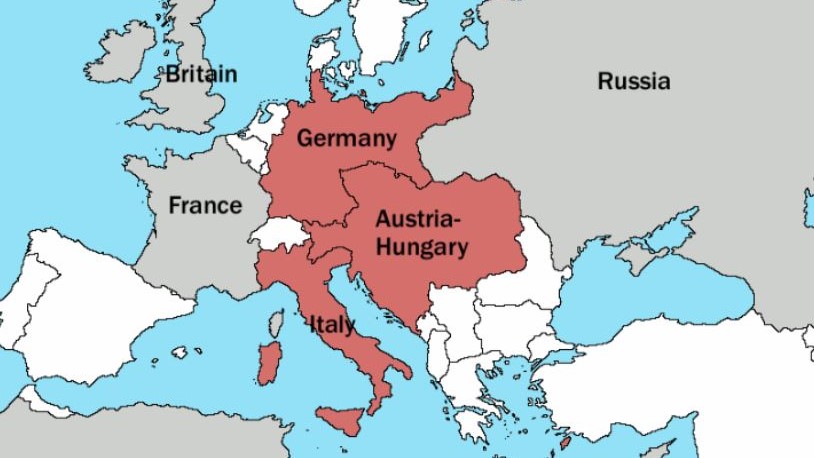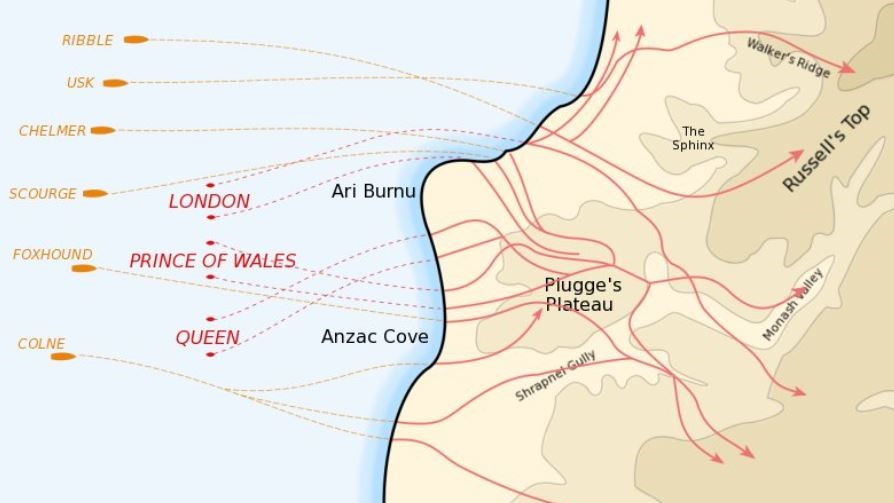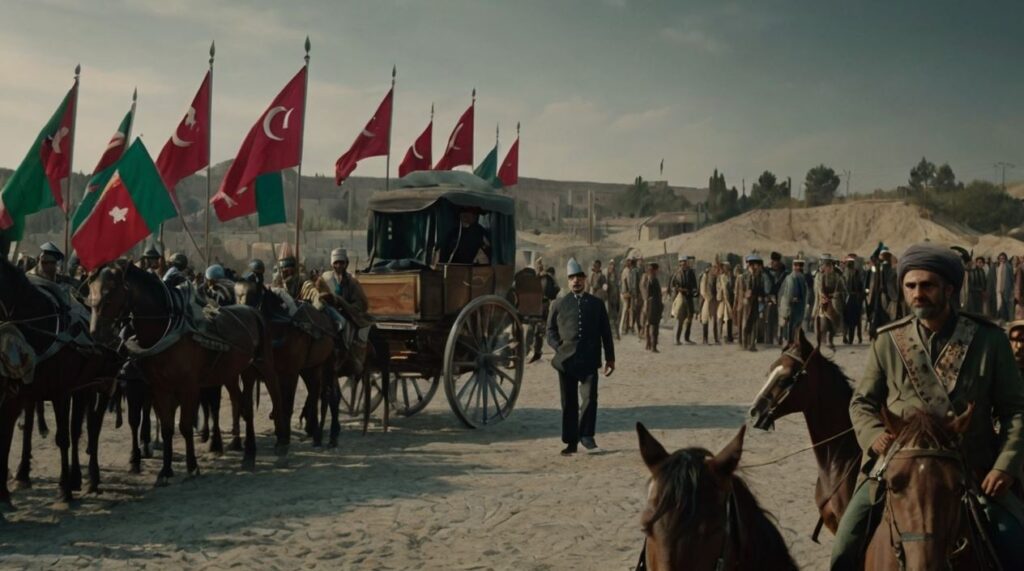What was White Friday? on December 13, 1916 one of the deadliest natural disasters of the entire war occurred along Mount Marmolada. This event would become known as White Friday.
In the winter of 1916, during the height of World War I, the Italian Front stretched across the alpine terrain of the Dolomites Mountains. Troops were positioned amongst the icy peaks, dug into makeshift barracks and trenches along treacherous slopes.
An enormous avalanche suddenly swept down the mountain, engulfing the valley below in a crushing tidal wave of snow, ice and rock.
The scale of destruction and loss of life was staggering.
In this article we explore the build-up and consequences of the “White Friday” tragedy.
The Military Build-up along the Italian Front

In the winter of 1916, Italian and Austrian troops were locked into strategic positions along the Dolomites front. The lines of control split key mountain terrain, with several thousand soldiers bunkered into makeshift housing on each side.
Mount Marmolada was of vital importance. Its encircling peaks provided elevated vantage points overlooking Italian encampments hunkered deep within the valleys below.
The key Troop Positions in the Dolomites included:
| Country | Troops | Location | Senior Commanding Officer |
| Austria | 1st Battalion, Imperial Tyrolean Rifle Regiments (Kaiserschützen troops) | Network of barracks and dugouts near Gran Poz summit on Mount Marmolada | Captain Rudolf Schmid; Field Marshal Lieutenant Ludwig Goinger |
| Italy | 7th Company of the Alpini Battalion | Trenches and encampments in valleys below Mount Marmolada |
During the alpine winter, bitter snowstorms continued unabated. At times these snowstorms dumped over half a meter of snow accumulation per day upon the peaks and passes.
The rate of build-up slowly packed the icy slopes with dense layers of heavy snowpack, weighing upon the hardened granite cores beneath.
With such extreme conditions came increasing worries of unstable overhangs triggering sizeable avalanches, capable of wiping out entire encampments.
But desperate for any advantage in the ongoing mountain stalemate, military decision-makers focused their sights solely on strategic initiatives, ignoring the natural perils looming just overhead.
Soldiers raised the alarm, only to be dismissed by commanding officers.
Yet in the coming days, the folly of such thinking would reveal itself in shocking fashion upon the Italian Front…
White Friday: The Avalanche on Mount Marmolada
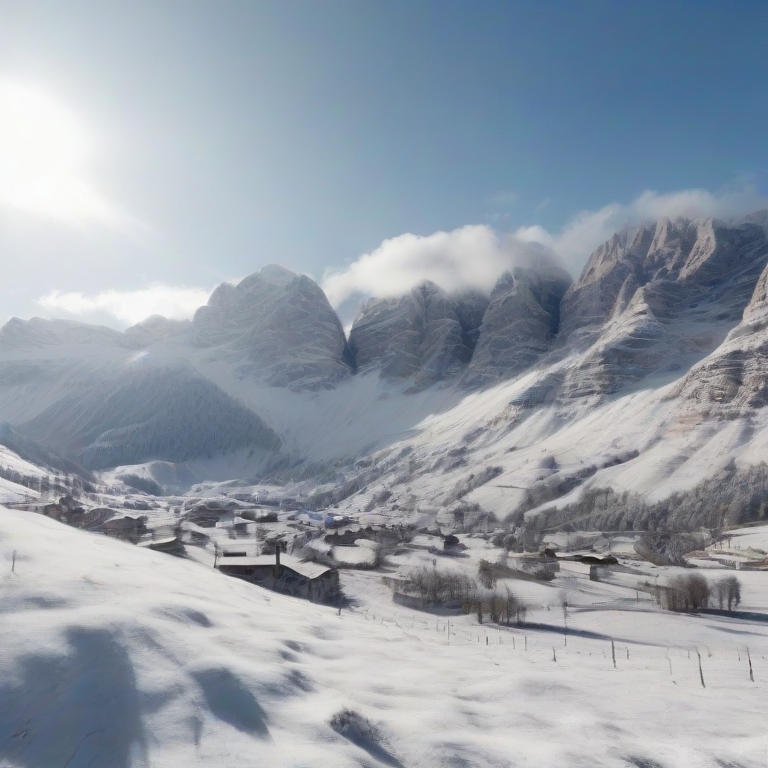
As winter storm clouds descended on the icy mountain ridges above Gran Poz that morning, many felt uneasy about what the fading night might still bring.
Among them stood Captain Rudolf Schmid, commanding the Austrian Kaiserschützen troops bunkered along Marmolada’s uppermost barracks.
At the sound of splintering ice and snow, Schmid turned rapidly just as a churning white mass tore loose from the mountainside high above.
Accelerating to over 125 mph, the massive avalanche swallowed everything in its path.
The thundering torrent stuck the lower positions with power to reduce heavy timber supports to splinters.
Army shelters were decimated for hundreds of yards beyond trench networks. And the landscape became buried under up to 40 feet of dense frozen debris.
When finally the thunderous roar ceased, an oppressive silence lingered where moments before had stood supply depots, critical defensive installations. Scores of troops lay entombed in frozen rubble.
In total over 300 troops perished, many unrecoverable in the solid depths now hardening across eastern aspects.
This mammoth avalanche stood among largest ever recorded, delivering violence unmatched in the bitter years of alpine warfare on the Italian Front.
The dark December day would bear the haunting name “White Friday” for the pale fallen mass which remade the landscape into a tomb for so many souls.
White Friday: The Aftermath
Many victims were recovered but the death toll remained unclear given large numbers still entombed. Bodies were located over a vast 20 mile swath of mountainside and valley terrain.
The impacts along the Italian front included:
Austrian 1st Imperial Rifle Regiment
- 1st Battalion of the Kaiserjäger especially hard hit after extensive barracks complexes decimated near Gran Poz summit
- By December 14th, hand counts exceeded over 200 dead from shattered Emperor’s Rifleman battalions alone.
- There was a loss of critical supply and support capability in high altitude operations
Italian 7th Alpini Battalion Field Companies
- Multiple units were caught in periphery of avalanche’s merciless reach across valley outposts.
- Dug into lower positions but nonetheless ravaged by lasting tremors and debris.
This was a disaster born of both ill-fated wartime ambitions and eternal nature in its rawest, most merciless form imaginable – forever chiseled into history as “White Friday.”
White Friday: Conclusion
The avalanche tragedy that occurred on Mount Marmolada on December 13, 1916 stands as one of the most devastating natural disasters in Italian military history. Over 300 Austrian and Italian soldiers lost their lives that day.
Even a century later, the scale of the “White Friday” catastrophe echoes in the collective memory of Italians and Austrians alike. It conjures comparison to more recent avalanche calamities like the 2017 Rigopiano disaster that claimed 29 lives at a resort hotel.
However, what sets the Marmolada event apart is it unfurled across one of World War I’s most unforgiving battlegrounds. The harsh realities of alpine warfare meant troops were trapped on exposed, inhospitable terrain even as the winter of 1916 descended in full fury. The battle against extreme cold and mountainous geography was taxing enough without the added combat pressures of artillery and raids.

